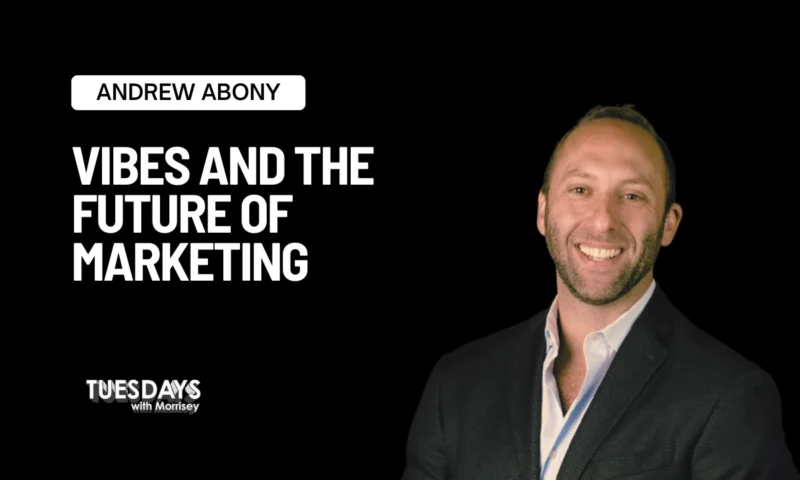Alts Innovators: AllianceBernstein’s Brent Humphries and Marc Cooper on Private Credit
Private credit has become one of the most significant shifts in modern finance—quietly but rapidly reshaping how private companies access capital. Over the last decade, assets under management in the space have surged from roughly $500 billion to about $2 trillion, fueled by post-crisis regulation, a growing appetite for yield, and the rise of private equity. With headlines increasingly focused on “shadow banking,” retail access, and the long-term implications of private lenders replacing banks, the conversation around private credit has never been more timely.
So, the core question is this: How did private credit grow so quickly, why does it matter now, and what does its rise mean for investors, lenders, and the broader financial system?
In the third episode of our mini-series on the alternative asset market, Tuesdays with Morrisey host Adam Morrisey speaks with AB Private Credit Investors‘ President Brent Humphries and Managing Director Marc Cooper. As leaders within AllianceBernstein’s $800 billion global investment platform, they break down what private credit is, why it has accelerated so dramatically, and how the industry is evolving as it enters its next phase of growth.
Top Takeaways
-
Private credit has quietly become one of the biggest shifts in modern finance. It is now the primary way many private companies access capital, replacing what used to be a market run by the traditional banking system.
-
The rise of private credit was largely created by regulation. After the financial crisis, new rules made it harder for banks to hold certain loans, and private lenders stepped in with faster, more flexible financing that met the needs of private equity and middle-market companies.
-
Investors have been drawn to it because of its combination of yield, downside protection, and floating rates. It has delivered strong, steady returns without taking on other risks tied to interest rates, foreign currency, or market volatility.
-
The big question now is where the risk sits. As more lending moves outside the regulated banking system, pension funds, insurance companies, and individuals hold a growing share of the credit exposure.
-
Its next phase will include more retail access, more participation from insurers, and continued specialization among lenders. At the same time, AI is beginning to reshape underwriting, research, and operations, making investment teams faster and more efficient.
Topics Covered
- What “private credit” means and how direct lending works
- How bank regulation after 2008 shifted lending outside the traditional system
- The role of the unitranche structure in simplifying deal execution
- Why private credit returns have attracted pensions, institutions, and high-net-worth investors
- How to evaluate private credit fund managers (track record, team retention, sector edge, platform model)
- Perceived risks and the “shadow banking” debate
- The role of insurance capital and the rise of investment-grade private credit
- How AI is influencing underwriting, research, and software-sector lending
- Future outlook for the next 5–10 years in private credit
Brent Humphries is the President and a founding member of AB Private Credit Investors, where he oversees investment strategy, originations, underwriting, portfolio management, and investor relations for the firm’s middle-market direct lending platform. He previously led Barclays Private Credit Partners and held senior roles at Goldman Sachs’ Specialty Lending Group and the Texas Growth Fund, building deep expertise across private credit, direct lending, and middle-market private equity. Humphries, who began his career in leveraged finance with NationsBank and J.P. Morgan, holds a BBA in finance from the University of Oklahoma and an MBA from Harvard Business School.
Marc Cooper is a Managing Director at AB Private Credit Investors, where he leads software-focused direct lending and tech capital solutions, building on nearly a decade of experience rising through the firm’s investment ranks. His background spans structuring and underwriting secured lending solutions across software, healthcare, business services, and other middle-market sectors, with earlier roles at Fifth Street Asset Management and Prudential Capital Group providing deep experience in technology lending, private placements, and credit analysis. Cooper also serves as a board observer for multiple technology companies and brings a strong foundation in financial modeling, underwriting, and direct deal sourcing from his early investment banking and analyst roles.
Article written by MarketScale.



